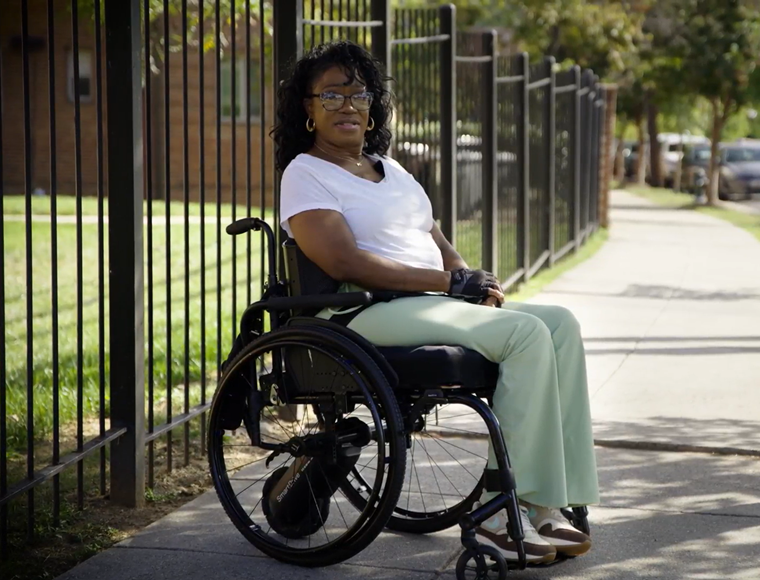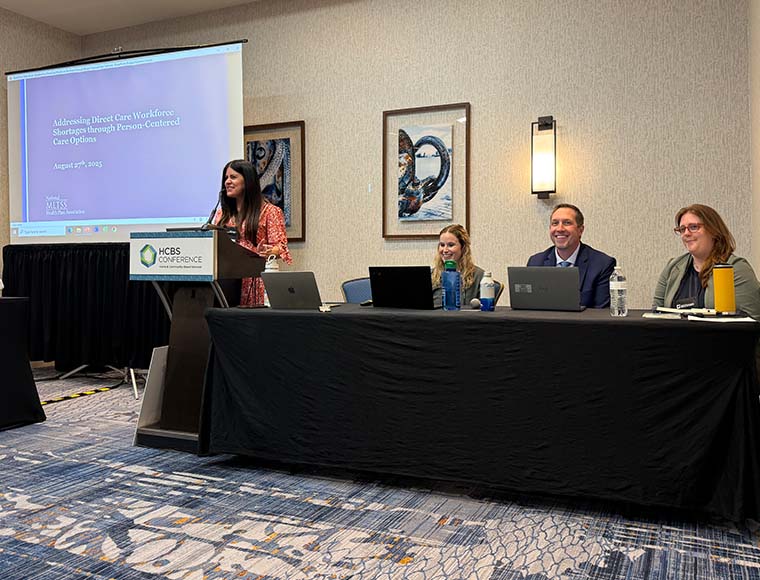Managed Long-Term Services and Supports (MLTSS) are in place for those most in need, including individuals with complex health needs due to aging, chronic illness or disability. It’s predicted that the demand for MLTSS will increase dramatically in the coming years due to an aging population and individuals continuing to live longer. In fact, an individual turning 65 today has a 70% chance of needing MLTSS in the future.1
Through MLTSS, states have an opportunity to improve the sustainability of their Medicaid programs, improve the health care experience for enrollees and caregivers, reduce costs and improve health outcomes.
In this whitepaper, learn more about:
The member journey
- A look at fee-for-service versus managed care
Program design considerations
- Fundamental components that support state efforts to reduce fragmentation of care
- Promoting access, community inclusion and health equity
- Providing high-quality, person-centered and cost-effective care
Implementing a successful MLTSS program
- Creating operational resources, selecting contractors, engaging with key stakeholders and obtaining state and federal approval.










